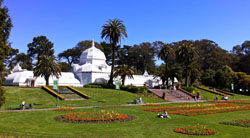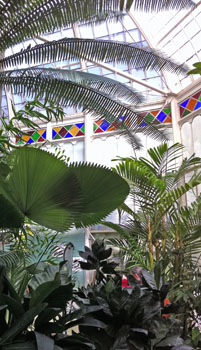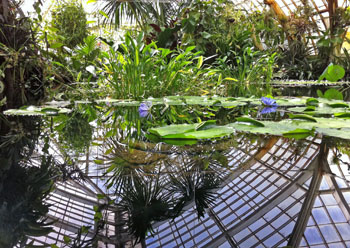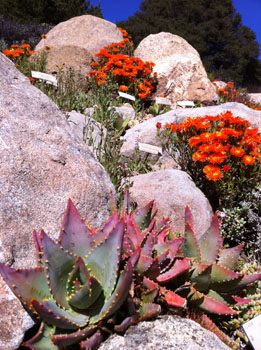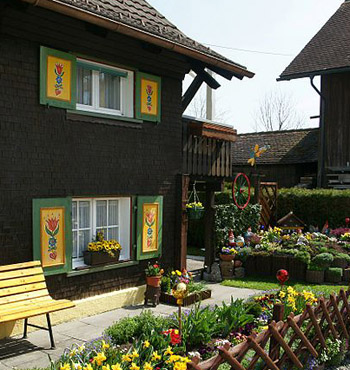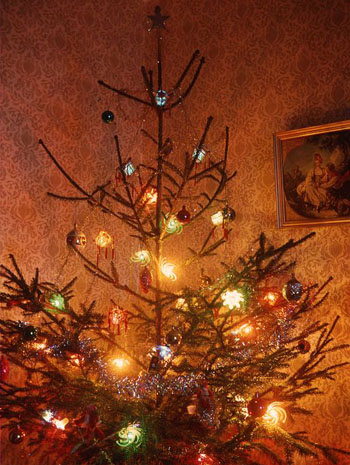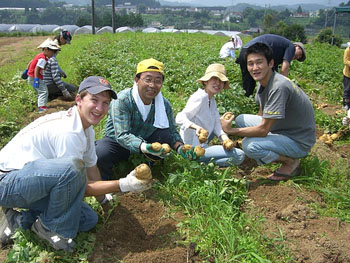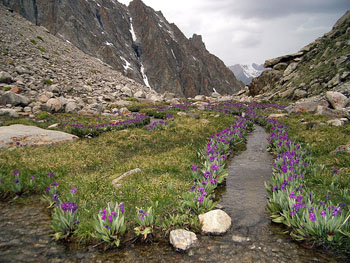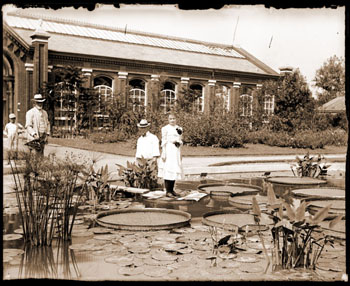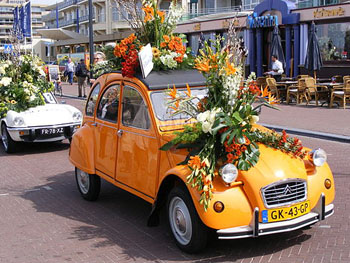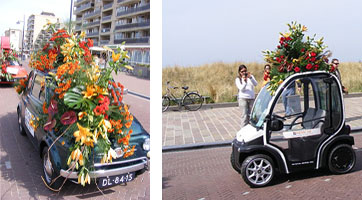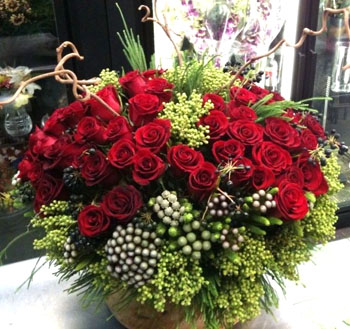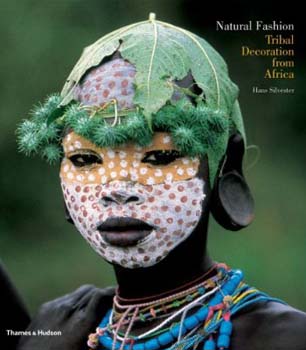Golden Gate Park in San Francisco offers a number of sites for the plant lover. In a view from the road, we see two sun-lovers sprawled on a blanket on the wide open lawn space. Annual garden plots set off a strikingly-bright white Conservatory of Flowers beyond. Small chaperoned troupes of delightful children are prancing about . . . taking in the fresh April air between potty breaks.
The Conservatory’s main center dome is flanked by a wing of two galleries on the right—Highland Tropics Plants and Aquatic Plants. The wing to the left of the dome offers a Potted Plants display and temporary special exhibit room. I cross the entrance threshold and immediately find myself in a moist Palm Court of towering green Lowland Tropical plants—a magnificent thick display of ferns, banana, cacao, Jurassic cycads and much more. Here and there blue and orange bits of color are randomly cast, source being the sunshine through the structure’s stained glass.
Through the next door, the Highland Tropics gallery recreates high elevation forests of the tropics. There’s a nice display of mosses and the epiphytes which I like—plants that grow on other plants. The room offers much to whet our appreciation of orchids. This is where a renowned collection of Pleurothallid orchids can be found. Through another door, the Aquatic Plants room is picture perfect as we learn about water lilies and lotus. Also on view is a collection of carnivorous pitcher plants and bromeliads.
This striking building is said to be the oldest public conservatory in the Western hemisphere—opening in 1879—as well as the oldest structure in the park.
Much thanks goes to recent restoration efforts and dollars to do so. With these plants well-established and in such a yesteryear atmosphere, I just might get inspiration for writing a Victorian historical novel. At this conservatory one can get close to specimens: smell the gardenia, inspect the fronds, study orchid details and view exotics from around the world. http://www.conservatoryofflowers.org/
While others might prefer a huge botanical exhibit extravaganza as found in some other large cities, I felt this was just the right size with an ambiance for a mini-retreat—leaving time for other Golden Gate Park experiences. Next stop: Japanese Tea Garden.
Nancy R. Peck
